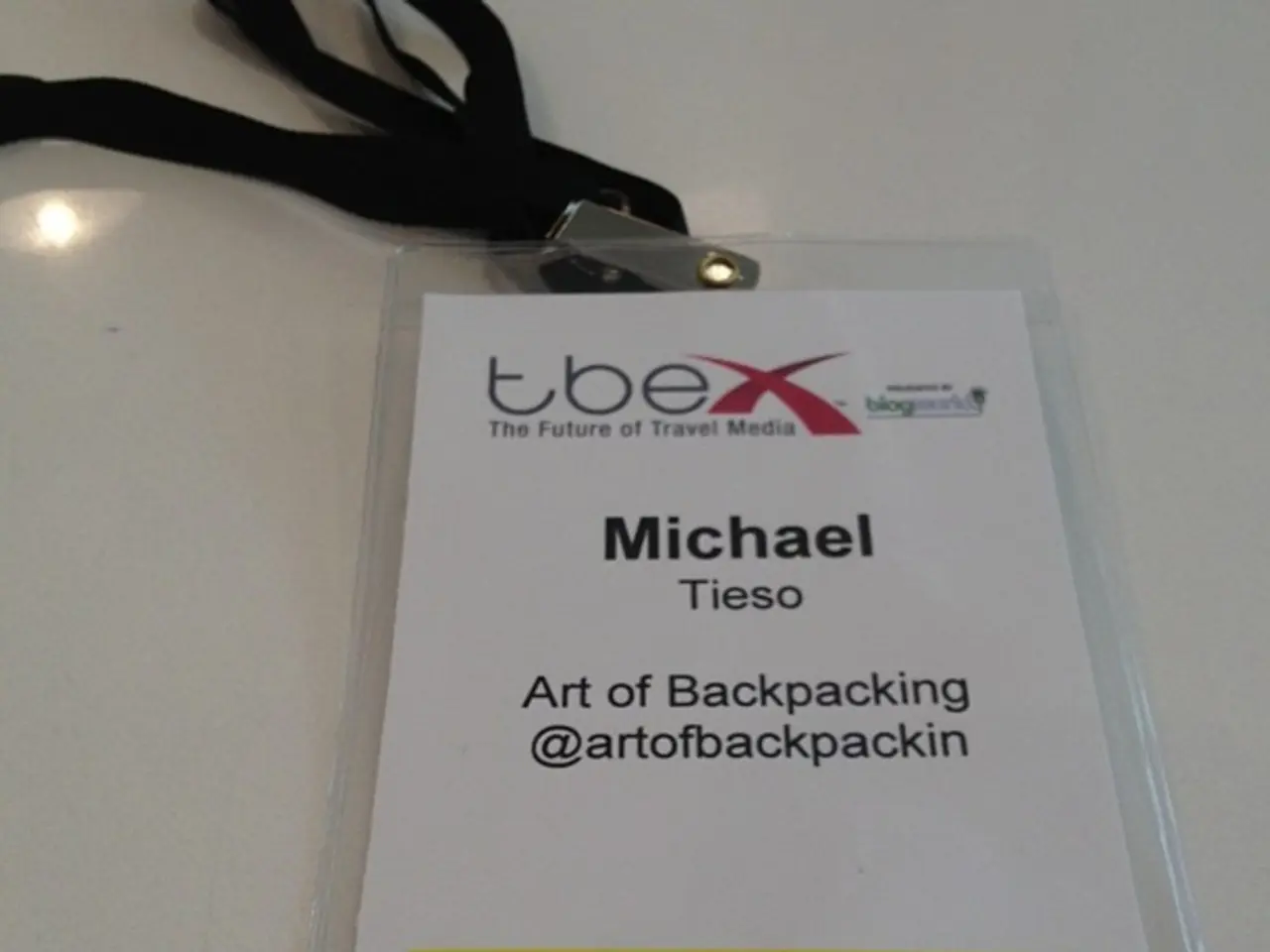Guide to Maximizing Profit from Creation in 2025
In the ever-evolving digital landscape, content creators are constantly seeking ways to monetize their work effectively across various platforms. A data-driven, multi-channel revenue engine is essential to achieve this goal. Here's a comprehensive guide on how to create such a strategy.
Lay a Strong Engagement Foundation
Start by building authentic, engaged communities across platforms rather than focusing solely on follower count. Use behind-the-scenes content, live Q&As, and multilingual posts to deepen audience connection and fuel organic growth.
Architect Content with Precision
Design every post, live stream, and video with a clear revenue intent, turning each into a "predictable revenue node." Use content briefs, UTM-tagged affiliate links, and modular user-generated content (UGC) to maximize monetization potential.
Integrate Multi-Channel Affiliate Marketing
Don’t rely on a single affiliate program or platform. Embed multiple affiliate touchpoints—for example, TikTok Shop, Amazon, niche networks—within campaigns to capture diverse customer preferences and increase conversion opportunities. Use automated workflows to scale operations efficiently.
Diversify Monetization Models
Beyond subscriptions, include one-off sales of exclusive digital and physical products (e.g., ebooks, print-on-demand merch), tiered memberships, event monetization (like workshops and live events), sponsorships, and paid shout-outs to tap multiple revenue streams.
Use Data-Driven Optimization and Business Intelligence
Implement BI dashboards to track real-time campaign performance and adjust strategies accordingly. Monitor affiliate commissions, audience interaction, and sales funnels across all platforms to identify what works and scale accordingly.
Employ Cross-Platform and Cross-Channel Tactics
Create a “Multi-Channel Matrix” where content and monetization flows seamlessly across TikTok, Instagram, YouTube, Patreon, and other relevant networks. Leverage platform-specific features such as Instagram Subscriptions, Reels Bonuses, TikTok affiliate programs, and community tools to maximize reach and earnings.
Key Strategies and Examples
| Strategy Component | Description | Examples/Tools | |--------------------------------------------|---------------------------------------------------------------------------|-------------------------------------------| | Engagement Foundation | Build active communities and foster authentic interactions | Live Q&As, multilingual posts, community chats[2] | | Content Architecture | Systematize posts to maximize predictable monetization | UTM links, content briefs, modular UGC[1][4] | | Multi-Channel Affiliate Marketing | Embed multiple affiliate touchpoints across platforms | TikTok Shop, Amazon affiliate, niche networks[1][4] | | Diversified Monetization Models | Mix subscriptions, product sales, events, sponsorships | Patreon, print-on-demand, workshops, shout-outs[2][3][5] | | BI & Data-Driven Optimization | Use analytics dashboards for campaign calibration | Real-time UTM tracking, affiliate dashboards[1][4] | | Cross-Platform Expansion | Leverage specific platform monetization features | Instagram subscriptions, TikTok commissions, YouTube memberships[1][3][5] |
By implementing this strategic, diversified, and data-driven framework, creators can convert every engagement into scalable revenue streams that grow predictably across multiple channels rather than relying on sporadic hits on a single platform.
Incorporating Influencers into Holistic Campaigns
Deploying a Multi-Channel Affiliate Matrix embeds the influencer role within holistic omnichannel campaigns, driving consistent brand lift and positioning as an indispensable strategic partner.
Qualification and Activation Phases
The Affiliate Onboarding Playbook comprises three core phases: Qualification Audit, Feature Activation, and Performance Calibration. The Qualification Audit phase includes a Follower & Eligibility Checkpoint to verify follower count, age, and content compliance against program thresholds. The Feature Activation phase also includes Creative Brief Alignment, which maps each feature to a mini-brief defining theme, target metric, headline hook, and production specs.
Performance Calibration and Optimization
The Performance Calibration phase includes A/B Hook & CTA Testing, Conversion Funnel Monitoring, and Campaign Debrief & Optimization Loop. To mitigate platform volatility and capture incremental revenue streams, influencers should architect a Multi-Channel Affiliate Matrix. To catalyse algorithmic prioritization and accelerate affiliate feature unlocks, creators must architect a disciplined engagement regimen that transcends passive scrolling.
In conclusion, a scalable monetization strategy for content creators requires a data-driven, multi-channel approach that layers diversified income streams strategically. By following this guide, creators can transform their work into sustainable, predictable revenue streams across multiple platforms.
- To maximize revenue potential, content creators should architect each post, live stream, and video with a clear revenue intent, creating predictable revenue nodes. This can be achieved using content briefs, UTM-tagged affiliate links, and modular user-generated content (UGC).
- Incorporating multiple affiliate touchpoints across various platforms, such as TikTok Shop, Amazon, and niche networks, will help capture diverse customer preferences and increase conversion opportunities. Utilize automated workflows to scale operations efficiently.




